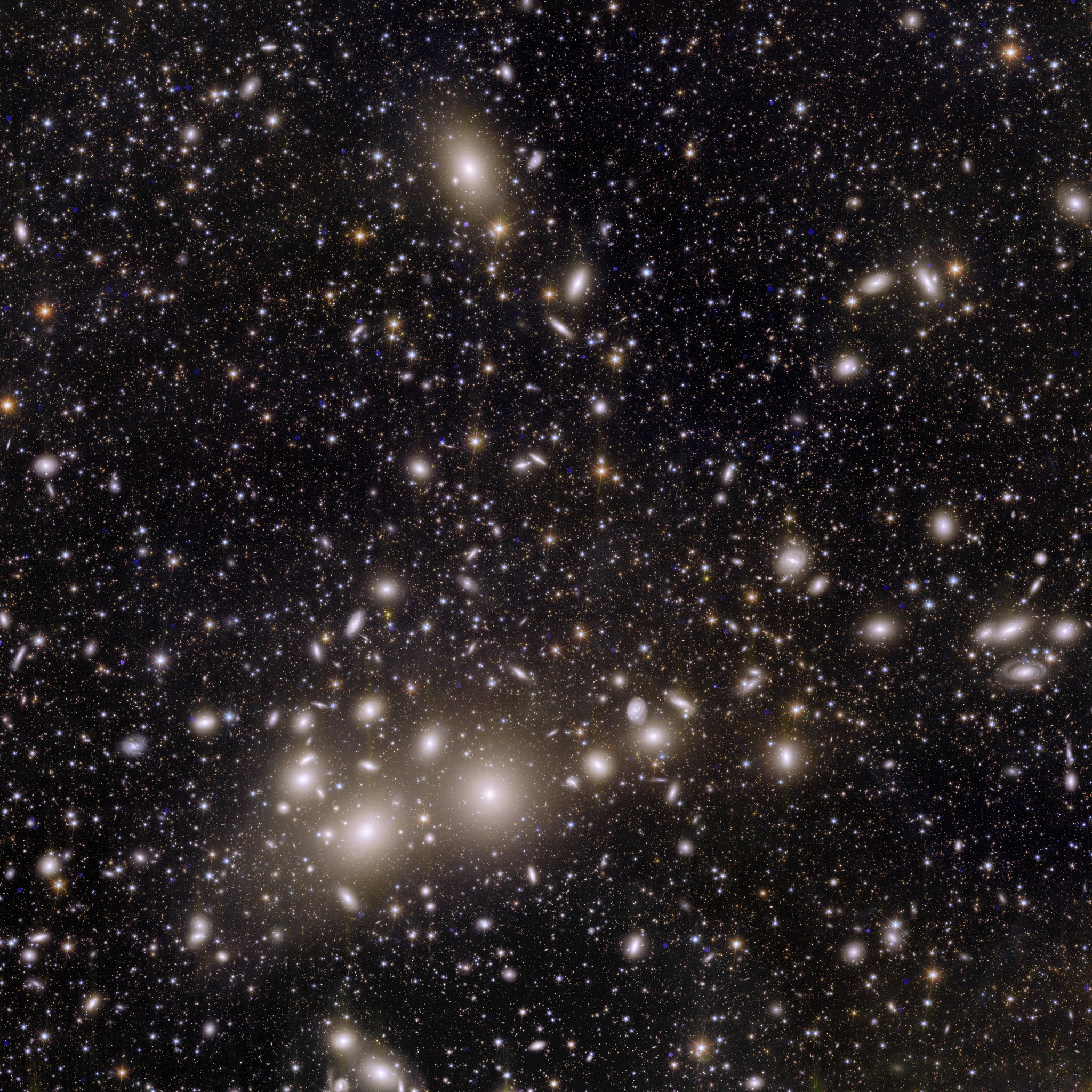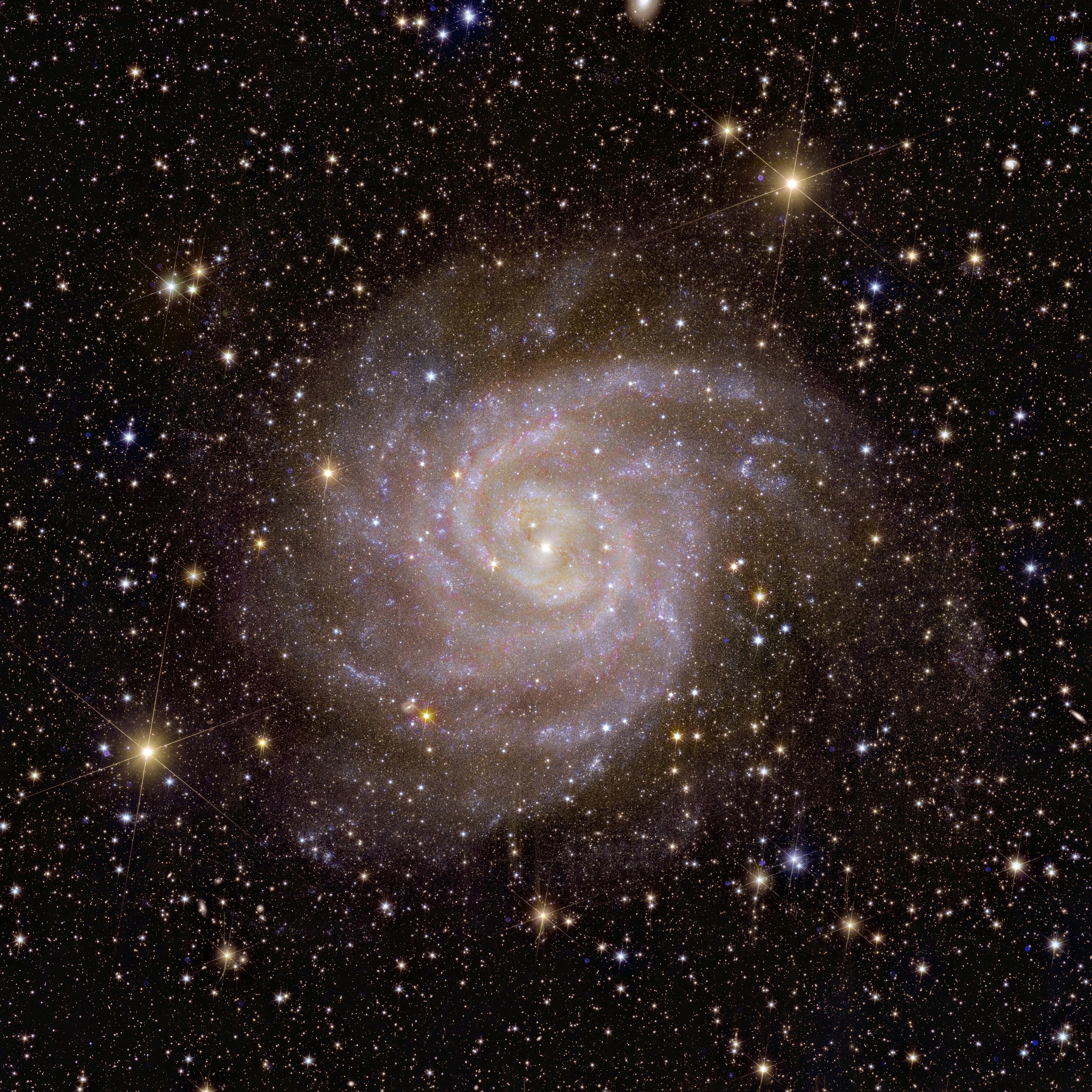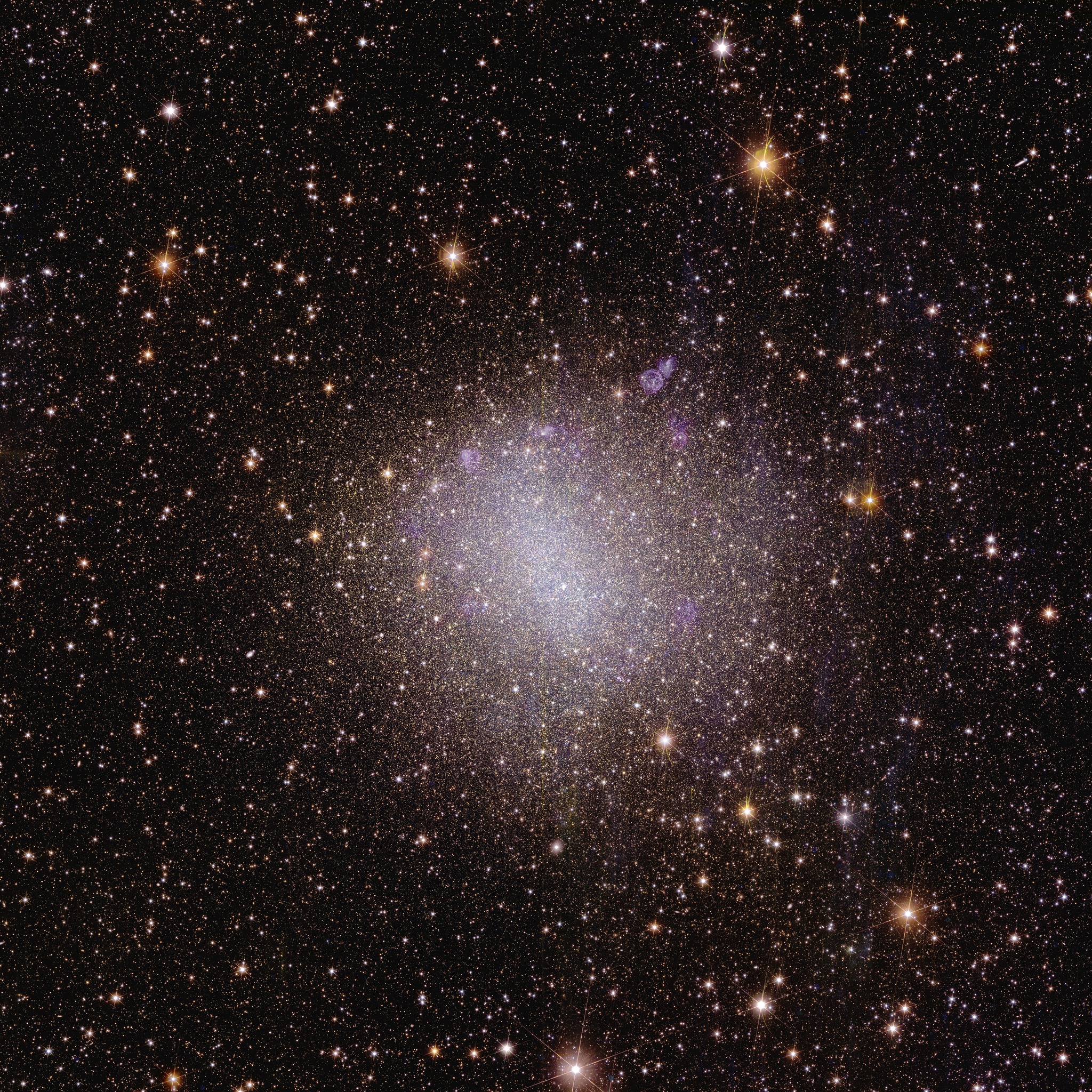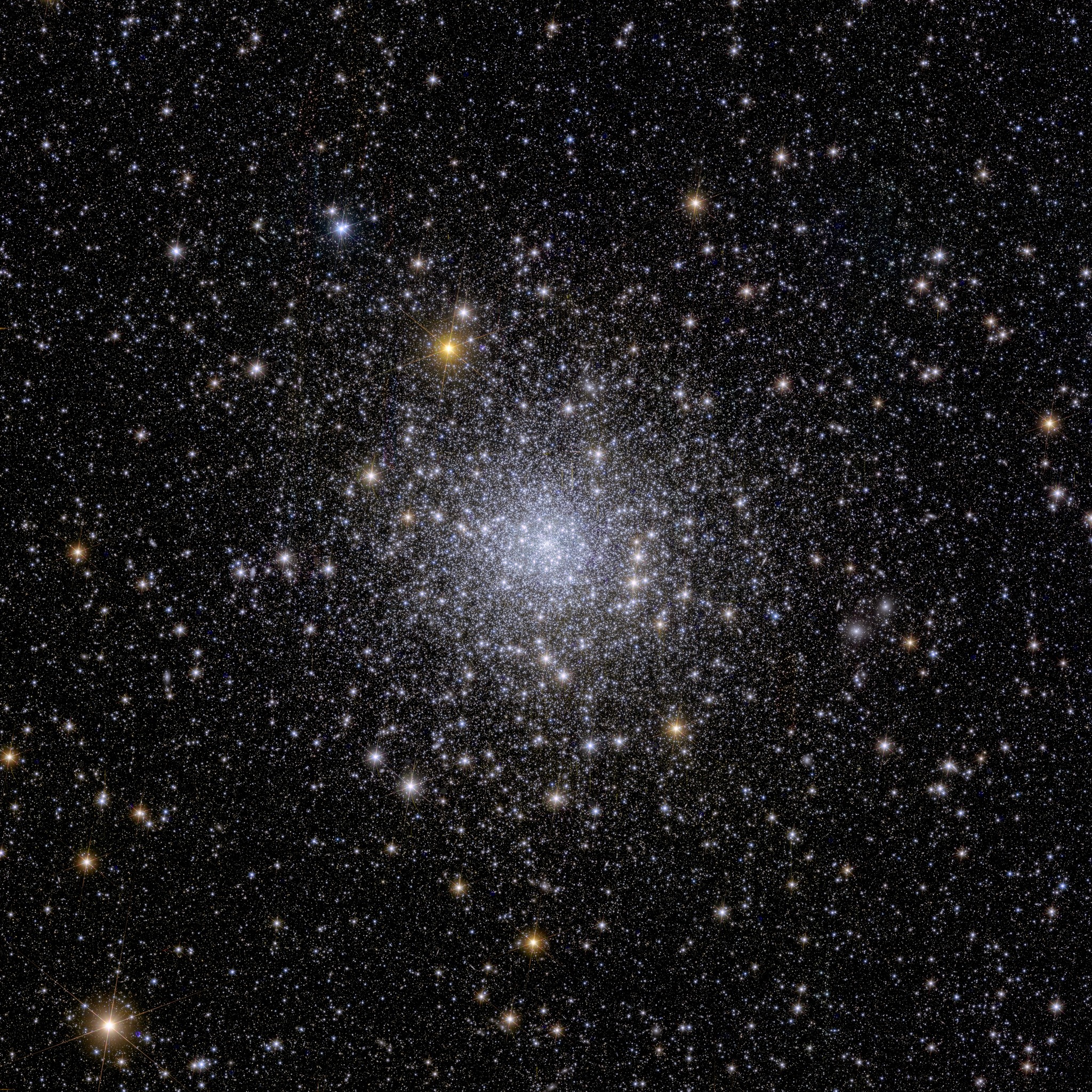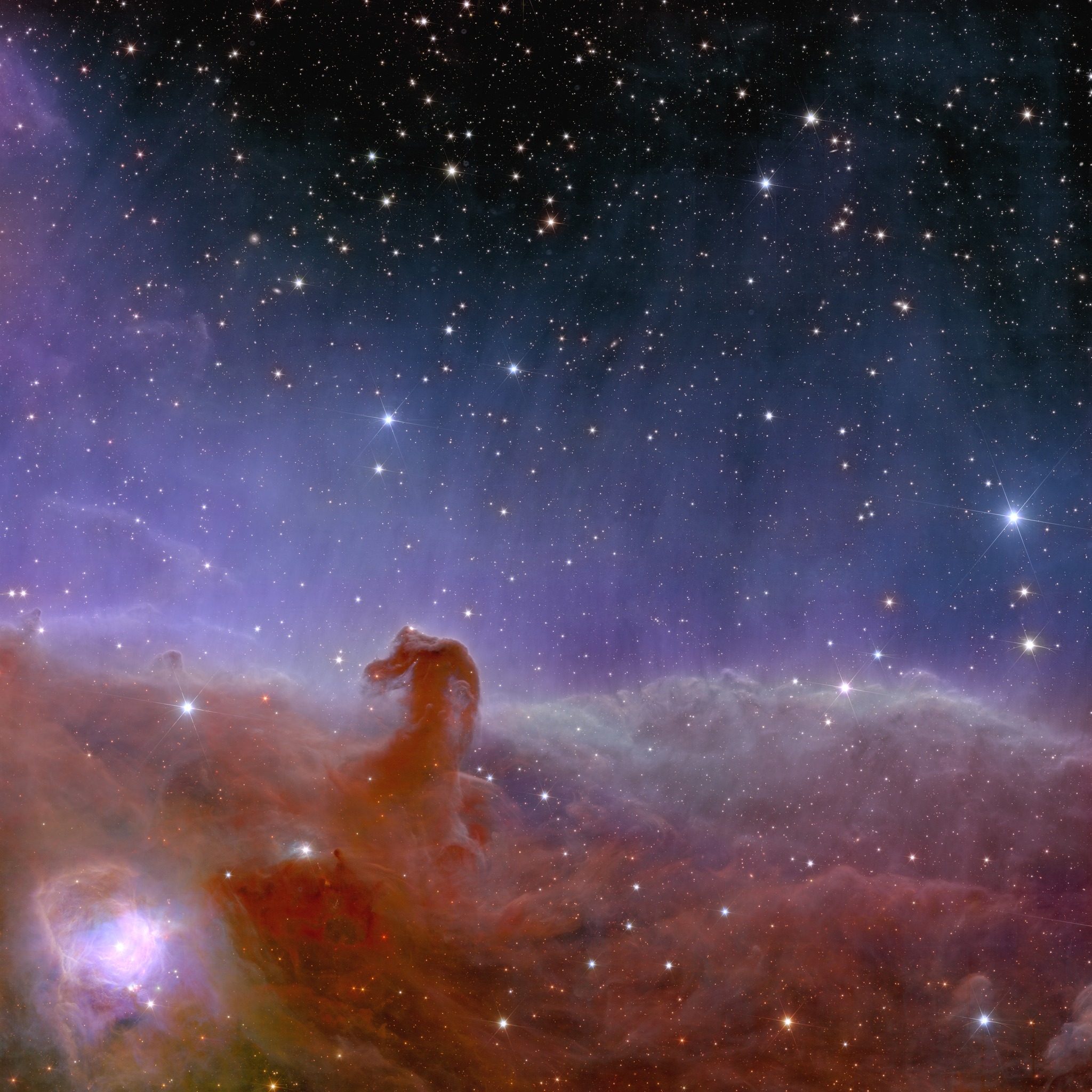
On November 7th, 2023 the first full color images of the cosmos as seen by Euclid were released. These images are razor sharp across a wide and deep fraction of the sky, corresponding to about 2.5 times the area of the Moon and reveal unprecedented views of the Milky Way and structures in the nearby Universe.
Left to right, top row: Perseus Cluster, Spiral Galaxy IC342, Irregular Galaxy 6822. Bottom Row: Globular Gluster 6397, Horsehead Nebula. Click to enlarge. Credits: Esa/Euclid/Euclid Consortium/Nasa, image processing by J.-C. Cuillandre (Cea Paris-Saclay), G. Anselmi; CC BY-SA 3.0 IGO
The furthest is represented by the Perseus Cluster of galaxies, at a distance of about 240 million light years. The image contains approximately 50000 galaxies, and the immense structure can hold together only under the effect of a massive halo of dark matter, cosmologists say. At a closer distance, about 10 million light years, Euclid’s image of the spiral galaxy IC 342 is stunning, revealing the mysterious dimmering of light due to the presence of unprocessed dust in the interstellar medium. Keeping shortening the distance, Euclid shows the irregular galaxy NGC 6822, at a distance of about 1.6 million light years. The galaxy is irregular, meaning that stars are not structured into a well ordered spiral or elliptical shape, probably due to its limited dimensions with respect to other galaxies. In our own Galaxy, Euclid took pictures of a globular cluster, the NGC 6397, at a distance of 7800 light years, containing hundreds of thousands of stars held together by gravity. Finally, a “local” structure, the Horsehead Nebula, at a distance of 1500 light years, part of the Orion constellation, shows with unprecedented detail the ongoing star formation, out of massive gas and dust clouds extending throughout Orion. Inspection is ongoing to analyze the Euclid image in order to find Jupiter size planets, in formation in their new born stellar systems.
“These early, mind blowing images are a great testimony of the Performance Verification phase which has been carried on since September 30th.”, Anna Gregorio, from the University of Trieste, responsible for the operations targeted to performance verification once Euclid has reached L2. “Software and maneuvers have been developed, applied, optimized over the past week, and Early Release Observations are at the same time a great reward for the team, and a substantial validation of the huge work done.”
“This achievement is a spectacular start of the Science Operations”, Andrea Zacchei, from the National Institute for Astrophysics, Astronomical Observatory in Trieste, principal investigator of the Euclid Science Ground Segment, explains. “The images are already of a quality for scientific analysis. And we now have years of work ahead of us, during which data will be flowing from Euclid to the Ground Segment and vice-versa, in close collaboration with the Science Working Groups, responsible for then interpretation. In Trieste, relying on the experience of the Planck Data Processing Center, an outstanding team is already working on developing the algorithm needed for the analysis”.
“The ESA Euclid mission is part of a network of cosmological observations which are more and more connected, not only for the Large Scale Structure (LSS) formation, but also for its effect induced on the other, still most important, cosmic field represented by the Cosmic Microwave Background (CMB), the electro-magnetic light coming from the Big Bang and representing a background screen to the Euclid observed structures”, Carlo Baccigalupi, head of the Astrophysics & Cosmology PhD Group at SISSA, coordinator of the Euclid Science Working Group on CMB Cross-Correlation, explains. “The effects induced by Euclid observed structures on the CMB will look at the mysterious Dark Energy, billions of years ago, when its presence has just become manifest, imprinting an acceleration in the cosmic expansion”.
Euclid is a “key ESA mission”, financed in Italy by ASI, where about 3600 technologists and scientists work together, which will shape the present and future of Cosmology, and a milestone for European Science, Technology and Exploration. The primary science targets consist of measurements of tens of billions of galaxies along with the gravitational lensing deflection they cause on background light, mapped with percent precision over about half of the observed Universe in the optical band, and a sub-sample of a few millions of them, with ten times stronger precision.
The spectacular images, just released, will be scrutinized to understand their hidden secrets. They demonstrate that Euclid is ready to create the most sensitive and accurate three dimensional maps of the Universe, investigating Dark Matter and Energy, the unknown 95% of the perceivable cosmological content.


